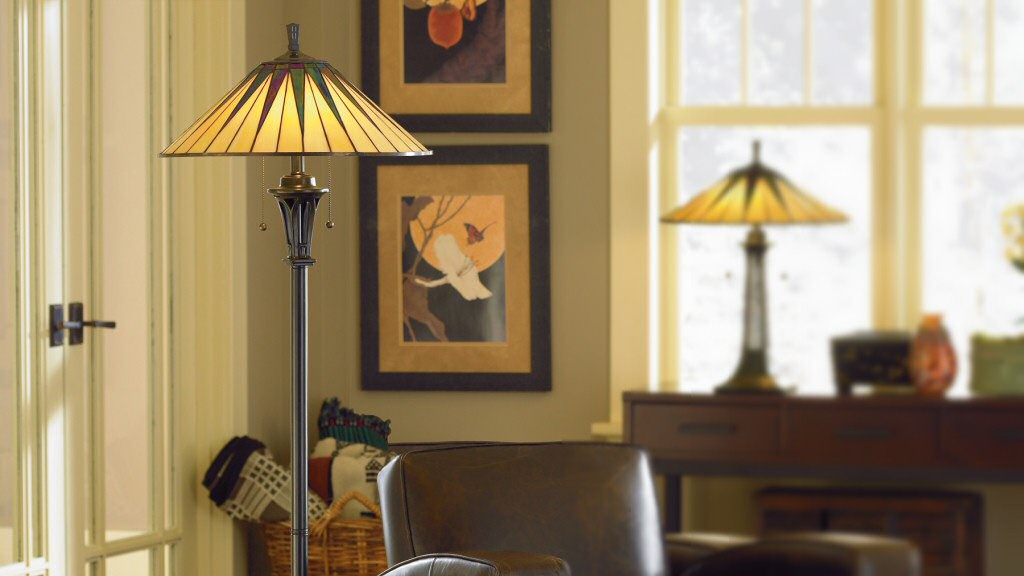
Floor Lamps Guide to Tall Standing Lamps and Reading Lamps
Search
Floor Lamps
Floor lamps are tall standing lamps designed to stand on the floor and position light higher in the room. A floor lamp usually includes these common design features:
- A weighted floor lamp base which sits on the floor and provides stability
- A tall pole or other way to elevate upward from the ground so that light can be placed higher in the room
- One or more switches to operate the floor lamp
- One or more lamp sockets or LED bulbs to provide light, usually mounted near to the top of the pole
- Some kind of lamp shade over or around the light bulbs to shield your eyes from glare and to direct the light in a particular direction
General uses of a floor lamp

Floor lamps have been a traditional way to provide strong light in a room for many years. A wide variety of designs and styles are available, using technologies such as led floor lamps, fluorescent floor lamps and halogen floor lamps.
Floor lamps are often positioned either in the corner of a room or behind a seating area since the increased light is useful for performing activities, reading and so on. Floor lamps often double as floor reading lamps and some reading lamps are specifically designed for this purpose.
Tall Standing lamps
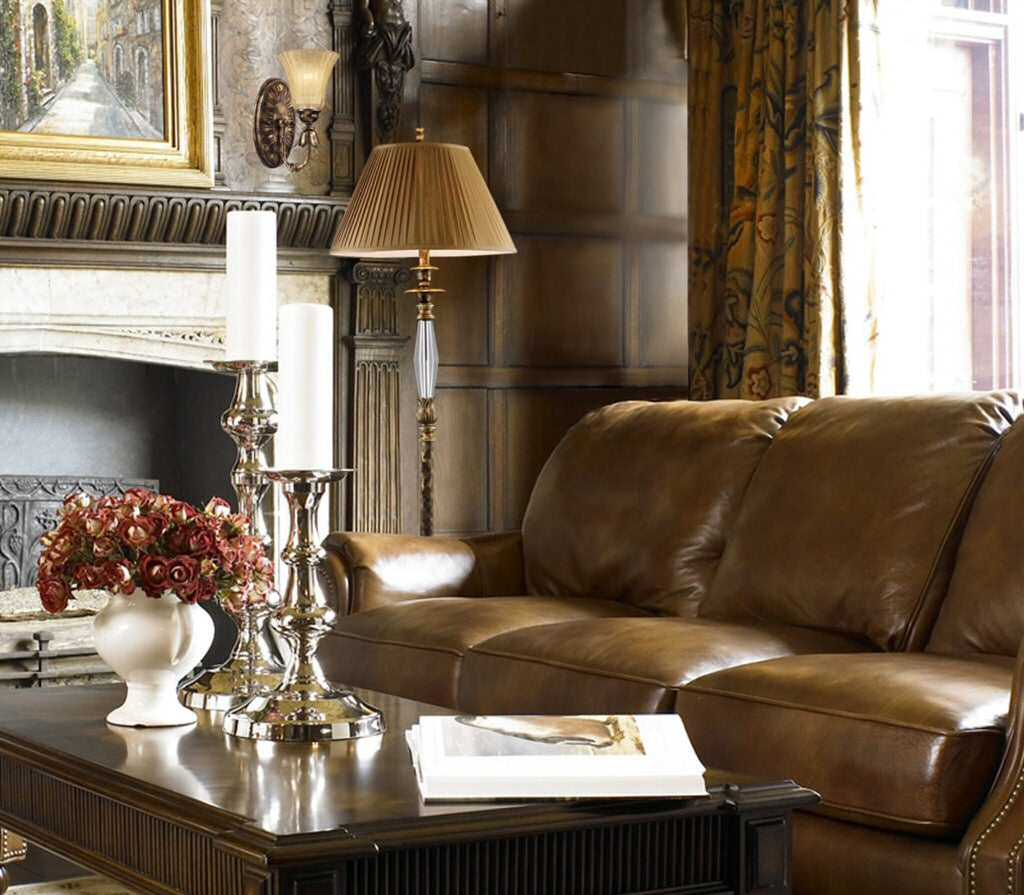
Floor lights stand tall in a room and are much taller than other types of lamps. Usually the lamp head or light is at least at chest-height, through eye level or even taller than a standing person. Tall lamps are usually taller than table lamps.
By positioning the light source so high in the room, a floor lamps allow the light to either be directed toward the ceiling, or downwards over some seating or desk area, or both.
The features of a tall standing lamp
The shade on the floor lamp shields your eyes particularly when it is close to eye level when standing. When seated, it sometimes becomes possible to see the interior or underside of the lamp, which may expose bulbs to the eyes. In this case the lamps are best placed further from where you are sitting, or behind you.
Since tall standing lamps tend to be more substantial, with a larger base, tall pole lamps usually feature larger lampshades to maintain proportion. The floor lamp tends to cost more in general than e.g. a table lamp, and also tends to support a higher wattage of light bulbs.
A standing lamp may feature 2 or 3 light bulbs, with a total wattage of 300 watts or more, providing a much stronger light in the room. This strong light output is useful for tasks and activities in the room. With tall lamps you can raise the level of light in any room using a standing lamp. Pole lights come in variety of styles.
Sizes of Floor Lamps
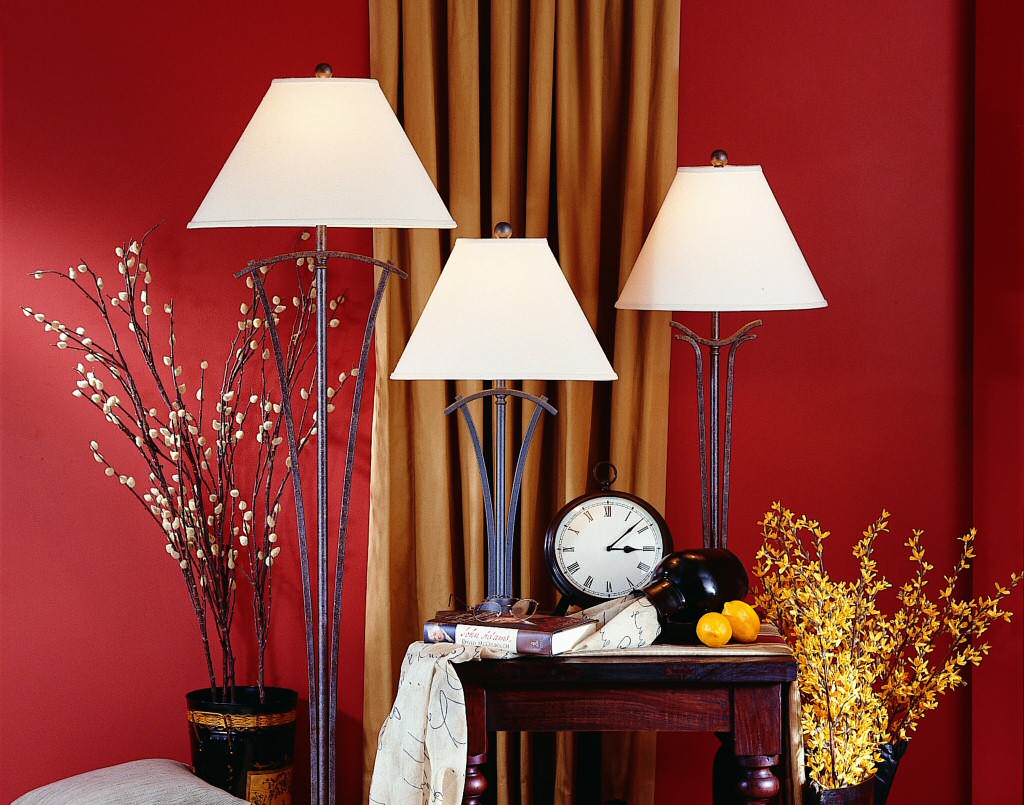
Floor lamps range in height anywhere from around 4 feet to several feet. They are known as "tall standing lamps" because in general they are quite tall, either a little shorter than an average person or slightly taller than an average person.
A typical average floor lamp will likely be around 60-72" in height, i.e. 5 to 6 feet. Some types of floor lamps such as reading lamps and pharmacy lamps will usually be shorter, since they are designed to be used mainly when seated. The main categories of floor lamp sizes is as follows:
- Short floor lamps include floor reading lamps, pharmacy lamps, some arc floor lamps. These are mainly designed so that the shade is just above shoulder height when seated. A pharmacy lamp might be used next to a desk. A reading lamp might be used next to a couch or armchair. Arc lamps raise up from the floor and then arc over and down, for example over a seating area.
- Average floor lamps include typical floor lamps at around 5 or 6 feet in height. The shade is usually around eye-level when standing.
- Tall floor lamps are usually oversized and can be 6, 7 or even 8 feet tall. Due to their larger height their proportions may in general also be larger and may be best suited to a larger room. The tallest floor lamps are quite often torchiere floor lamps which usually aim light upwards like a torch.
How Floor Lamps direct the light

Most floor lamps use some kind of light bulb, or a set of bulbs. More modern floor lamps may use screw-in LED bulbs or individual LED light elements mounted into the lamp itself. Once light is emitted from the lamp, the light can me manipulated in a few different ways:
- Lamp shades are used to filter, direct and shape the light. A typical lamp shade features an opening in the top and usually an equivalent or larger opening in the bottom. The sides of the lampshade form walls. Depending on whether the shade is lined/hard-backed or not, a certain amount of light may pass through the shade itself, illuminating the shade in a decorative way and diffusing and tinting some of the light. The rest of the light is deflected and reflected out through the top and bottom of the lamp shade. The angles between the light source and the edges of the shade opening may determine how much the light spreads out when it leaves the shade. A wider bottom on the shade will disperse the light over a wider area.
- Glass shades and reflectors are used to capture most of the light and reflect or aim it in one direction. These might also be constructed from plastic or other materials. The shade acts as a reflector to bounce as much light as possible either upwards or downwards. Torchiere lamps in particular usually reflect all of the light upwards towards the ceiling where it reflects off the ceiling to produce indirect ambient lighting. Another option is a tiffany floor lamp whereby the shade is made of colored glass pieces which are illuminated when the lamp is switched on to produce attractive colored light shapes.
- Additional floor lamp arms may be include, or the main feature. For example in reading lamps and pharmacy lamps a relatively small shade covers the top side of the light bulb and reflects all of the light downwards. Some floor lamps such as torchiere lamps, which are designed to usually aim the main light upwards, complement this function by providing a downward-facing reading lamp or reading arm, which extends out to the side and shines a focused task light downwards. This allows the lamp to function both to provide large ambient light in the room (upwards) and also bright focused light for reading (downwards).
- Adjustable floor lamps may feature a gooseneck design whereby the head or heads of the lamps can be angled and adjusted, twisted and aimed, so that the light shines in a particular direction. A popular octopus lamp or multi-head lamp, or a floor lamp with spot lights, or a tree free lamp may allow you to individually aim separate arms in different directions, so that you can create interesting effects with both light and shadow. Pharmacy lamps and some other floor lamps may also feature an adjustable height base, whereby you can raise and lower the header of the lamp to adjust to the height of your desk or chair, so that the light from the floor lamp is exactly where you find it most useful and comfortable.
Different floor lamps for different purposes
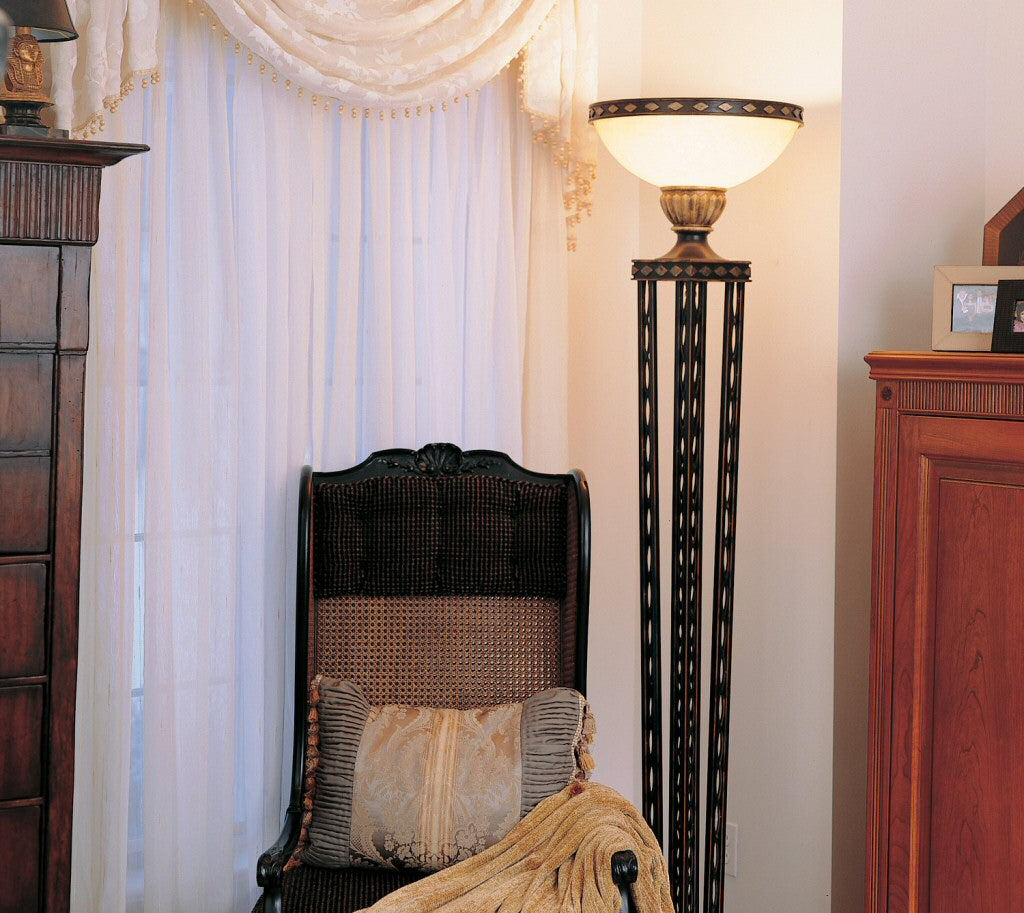
Not all floor lamps are alike and they are not all designed to produce the same kind of light, or to use the light in the same way. Different lamp shades aim the light in different ways. The functionality of the floor lamp may be different and so selecting the right kind is important based on how you need to use the light or what purpose it should serve.
- Floor lamps to provide ambient light, are best placed at the corners or edges of a room. Ambient light is typically reflected or filtered/diffused light. This can be obtained with a torchiere floor lamp which reflects light off the ceiling, or with a tall standing lamp with a shade that diffuses the light outward. A poor choice of lamp when desiring ambient or overall room light would be a more focused floor lamp such as a reading lamp, pharmacy lamp or arc lamp. You generally need a floor lamp which will radiate strong light outward and upward.
- Floor lamps to be used for tasks, such as reading, should be placed to the side or behind you when seated. Ideal lamps for this task are those which create a relatively local focused hotspot of light. This can be achieved with a shade on the lamp which focused the light fairly narrowly and aims most of the light downward. Reading lamps, pharmacy lamps and arc lamps can achieve this. Also a traditional floor lamp with an upward/downward shade can shed its light down below while also providing ambient light reflected above. A poor choice of floor lamp for task lighting would be a torchiere lamp, unless it has a dedicated reading arm.
- Floor lamps for decoration would steer you toward more decorative and less functional lamp types, such as the traditional floor lamp with a shade. The shade could be on a tiffany floor lamp with colorful art glass pieces used to form a pattern. Alternatively the lamp shade itself, e.g. made of fabric, could be colorful or decorative or feature a trim. The lamp base is also something to consider because the base and the pole together form a large part of the lamp and so a more decorative or attractive looking base can add some style to the room, rather than a plain metal pole.
Where to position floor lamps in a room

How many floor lamps in a room?
In a small or average-sized room, a single floor lamp may be sufficient as a complement to other light fixtures in the room. Usually floor lamps feature a brighter light than other lamps, and position it higher in the room producing more ambient reflected light off the walls and ceiling. In a medium-large or larger room you might want more than one floor lamp.
In combination with other lamps
Always consider how the lamp might be used in combination with other lights in the room. A floor lamp can light up a dark corner and radiate light into the room. It could be placed near to or behind seating so that you have light coming down from above where you need to use it for reading or crafts. It is a good idea not to place the floor lamp too close to other lamps as the floor lamp should radiate quite strong light in all directions.
In combination with light fixtures
Consider the light fixtures in your room, such as overhead central lights, wall lights etc. Also consider what will happen at night when it is darker. Where will you spend most of your time in the room? Where do you need extra light the most? Many people will consider a floor lamp an additional layer of lighting used to brighten the room or to be used for localized tasks, either as a complement to the lighting fixtures already in the room, or in place of them.
If your room is already quite strongly lit around the ceiling area due to light fixtures there, and if the lower portion of the room seems less lit, then perhaps a downward-lighting floor lamp would be a better choice than a torchiere. If the upper part of the room or the overal ambience is low, an upward-lighting floor lamp or torchiere may be a better option.
When used as a reading lamp
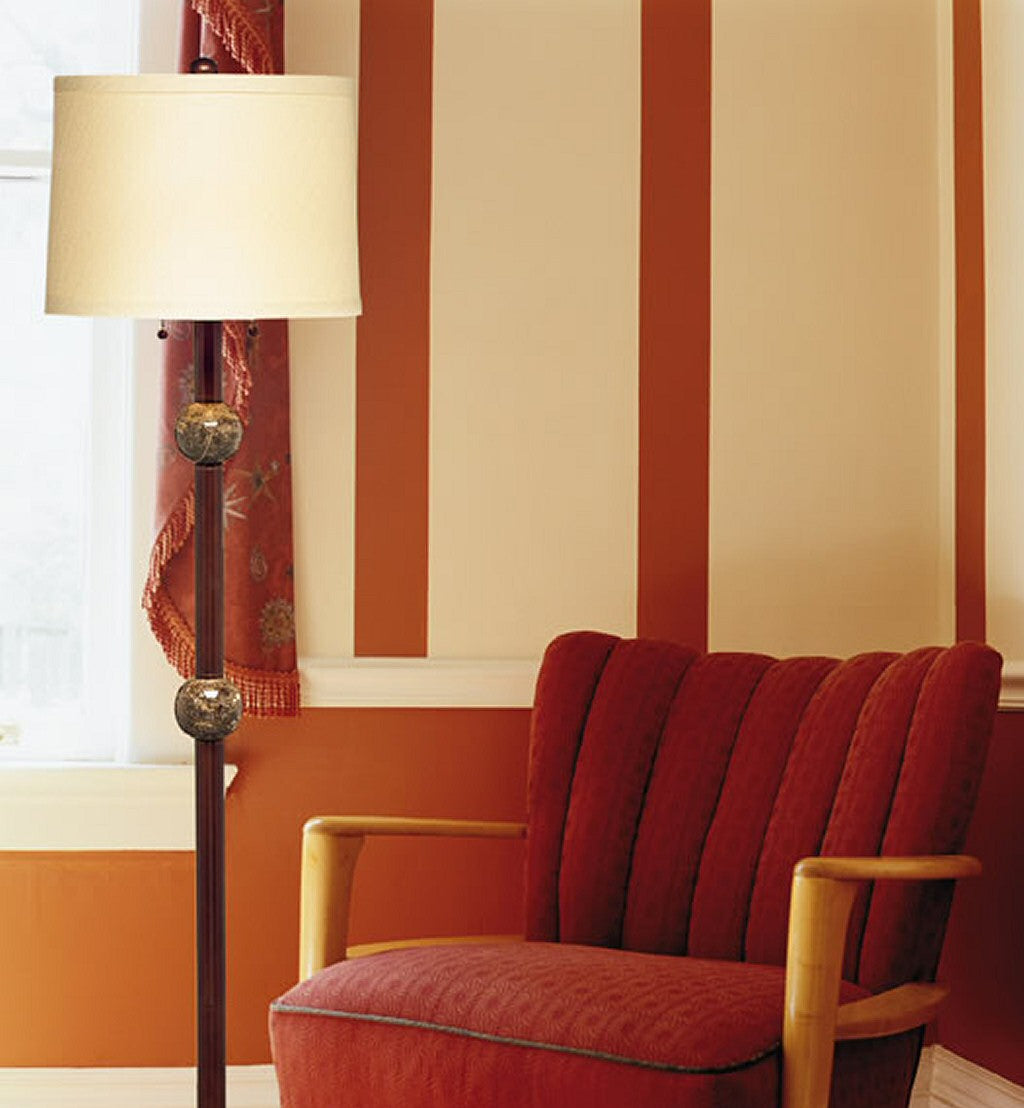
If you plan to sit beneath the light of the floor lamp and plan the standing lamp to be close enough to light a book, or to perform crafts or other seated activities, then the lamp will need to be positioned close to the chair. A dedicated reading lamp is a good choice here, which may include a dimmable LED floor lamp head and perhaps a full-spectrum light bulb would be a good option to assist with vision.
The reading lamp will need to provide light coming over your shoulder or from the side. Do not place it in front of you otherwise it will produce glare off the page. Most likely a lamp positioned at the side of the chair is idea. A regular floor lamp could shed light down below its lamp shade, or a dedicated reading lamp or pharmacy lamp could be adjusted to shine its light downwards over or to the side of you.
If you are not using the floor lamp for tasks
If you are not as concerned to light a small focused area, and just want to make the whole room brighter, then positioning a floor lamp more towards a corner or side of the room should work. Light will reflect off the walls and ceiling and produce ambiance. Particularly suited for this is a torchiere floor lamp which shines the light upward toward the ceiling on purpose so that it will be distributed more diffusely throughout the room. This can be a good option for casual living rooms, a dining room, a floor lamp in the bedroom or in an office.
Floor lamps in specific rooms
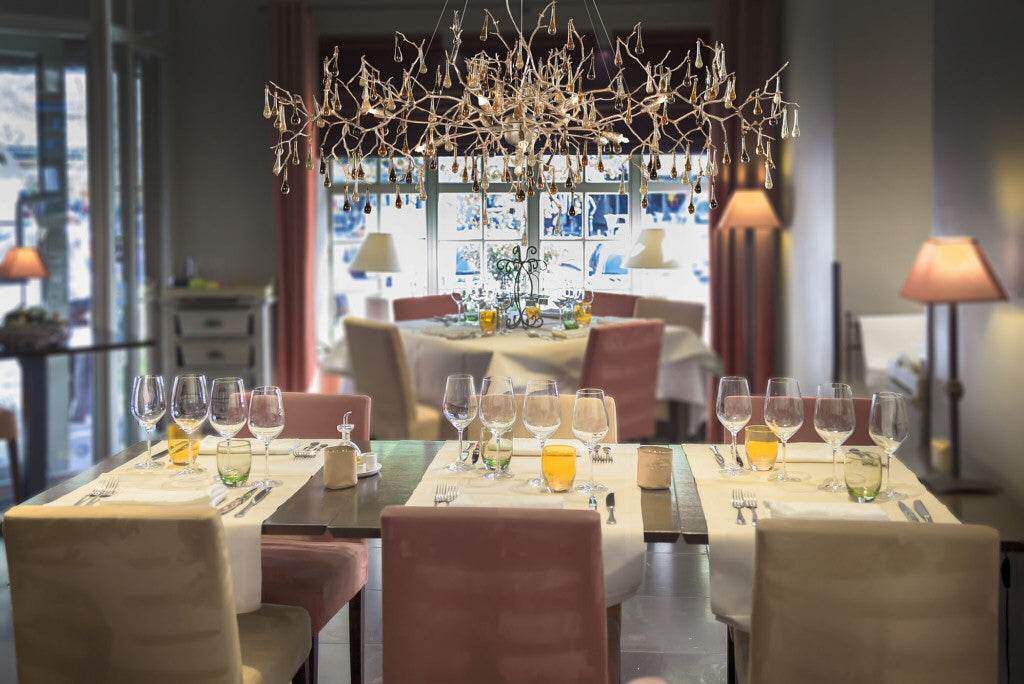
Living room floor lamps
A living room floor lamp is the most popular use of a floor lamp. They are often used either to brighten the room since the room is used often and may be occupied by multiple people. Floor lamps can be placed in the corners of the room or next to seating areas. Always thing of how the light will be used by people A reading lamp could be placed next to a frequently used chair. In a family room, floor lamps can provide atmosphere and ambiance.
Dining room floor lamps
In the dining room, a floor lamp will usually need to be in a corner. Foot traffic and sitting around a table are common behaviors, and the lamp needs to be out of the way. Since dining rooms sometimes have little additional room for activities beyond the table, a torchiere floor lamp is a good choice positioned out of the way in a corner. It will provide a more general ambient light and help to set the atmosphere.
Bedroom floor lamps
In the bedroom a floor lamp may provide one of two main functions. Either as an ambient light, in which the lamp may be the only light switched on, providing an average partly soft light, or for use near to a chair or bedside for reading. If reading in bed, a full spectrum floor lamp is a good choice next to the bedside, provide it clears your head and won't be in your way.
Office floor lamps
In an office you likely are seeking general overall light and most types of floor lamp will work for this. Since an office is usually a more formal working environment, you might opt for a more functional lamp, perhaps a torchiere or a reading lamp. Also consider the placement of the lamp, if you are to use it to help you with your work, then it will need to be closer to the work surfaces.
Floor lamps in other rooms of the home
Other rooms may potentially make use of a floor lamp. However, you are not likely to use a floor lamp in a bathroom or a small utility room where you don't spend much time. You also probably won't have use for one in a kitchen or a narrow hallway. Other types of light fixtures are more appropriate there.
How bright is a floor lamp?
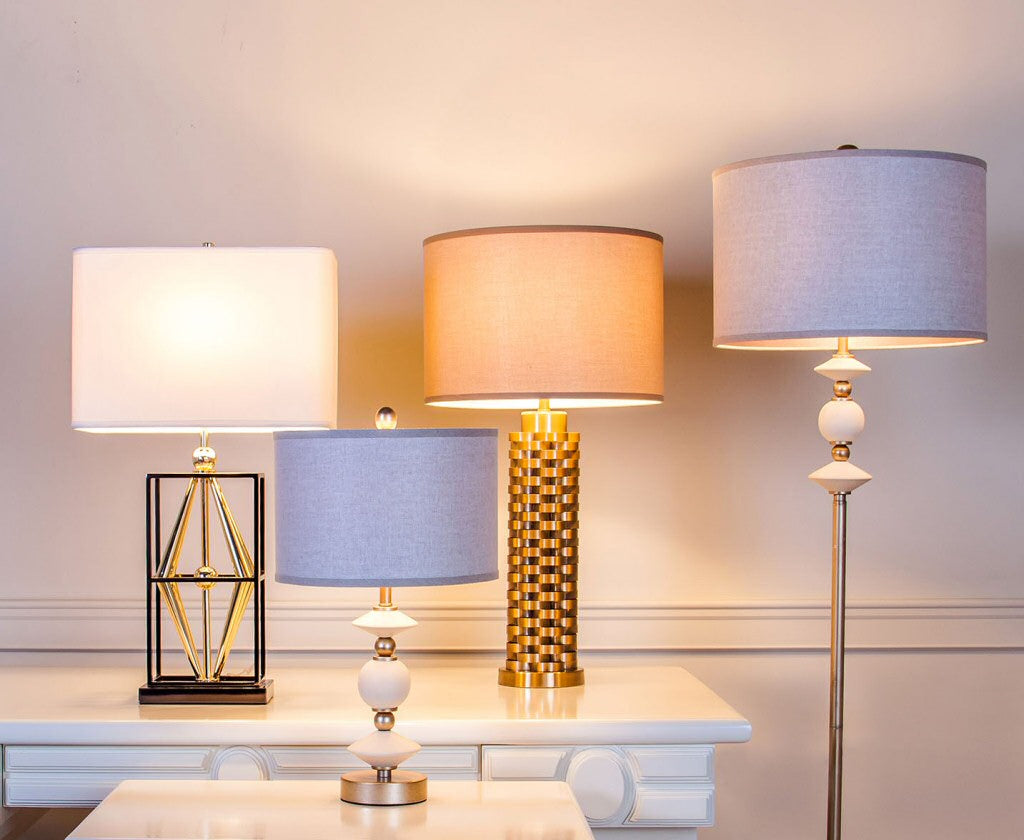
How much wattage do you need? That's a typical question. This however is based on the days when only incandescent bulbs were available. It was easy to suggest "a 100 watt bulb" had a certain amount of brightness. These days floor lamps use different kinds of bulbs, most of them more energy-efficient, and so the relationship between wattage and brightness is inconsistent.
In particularly, fluorescent floor lamps could use a 26 watt bulb, producing the same light output as a 100 watt incandescent bulb. And an LED bulb, could use even less wattage for the same light output. Also different bulb technologies may produce brighter or dimmer light depending on the type of bulb, such as with a halogen floor lamp which is quite bright.
Most floor lamps typically range from a 250 to 350 watt equivalent, which may be provided by 2 or 3 light bulbs. However with fluorescent tubes and LED elements it may be harder to predict the wattage. Try to find out what the "equivalent" incandescent light is, or the "lumens", which is a measure of light brightness.
Generally speaking, floor lamps are brighter than table lamps and are roughly equivalent to 2 table lamps. e.g. 2 150-watt incandescent bulbs.
How to switch a floor lamp on and off
Most floor lamps will feature a switch somewhere. An electrical cord will run to your electrical outlet on a wall or other surface. If the outlet itself is connected to a switch, e.g. a light switch on the wall, the switch can operate the lamp on and off, providing any switched on the lamp itself are in the "on" position.
Secondly, the lamp itself has a switch. It may be located in-line on the cord such as with a dimmer switch, or may be on the body of the lamp. The most typical place for the switch is somewhere close to the bulb, and often either on the socket of the bulb or via a pull chain or some switch that may be hidden behind the shade or near to the shade.
You could couple a wall light switch with the floor lamp's own switch, for example having the lamp come on along with other room lights. Or you could put it onto a separate circuit and have the switch on the lamp be the means by which you turn it on or off, depending on how you use the room.
The cost of floor lamps versus other lamps

In general you'll find that on average, floor lamps cost more than table lamps and desk lamps. This is partly due to cost of materials, but floor lamps are usually much larger than these other lamps. Standing lamps have to stand on the floor and reach up into the room. This requires materials for a sturdy and stable lamp base. Then there are materials for a proportionate amount of lighting hardware and some kind of shade. If the lamp is also quite elaborate and decorative it may also increase the price.
Since a floor lamp generally provides around twice the brightness of a table lamp, you can roughly expect to pay about twice as much as the cost of a table lamp. It's like two lamps rolled into one. A typical price for a reasonable quality lamp may range from $50 to a few hundred dollars. You'll notice that lamps with much 'thinner' bases and less frills and design elements are cheaper, due to costs of materials. A better "looking" lamp will generally increase the price. Floor lamps do go on sale as well so it's worth checking for clearance floor lamps or cheap floor lamps.
Types of Floor Lamps
There are many types of floor lamps and each tends to follow a particular design or shape and is best suited to a certain kind of purpose or use. Below we will run through the major types of floor lamps and discuss the benefits or uses of each one.
Arc Floor Lamps
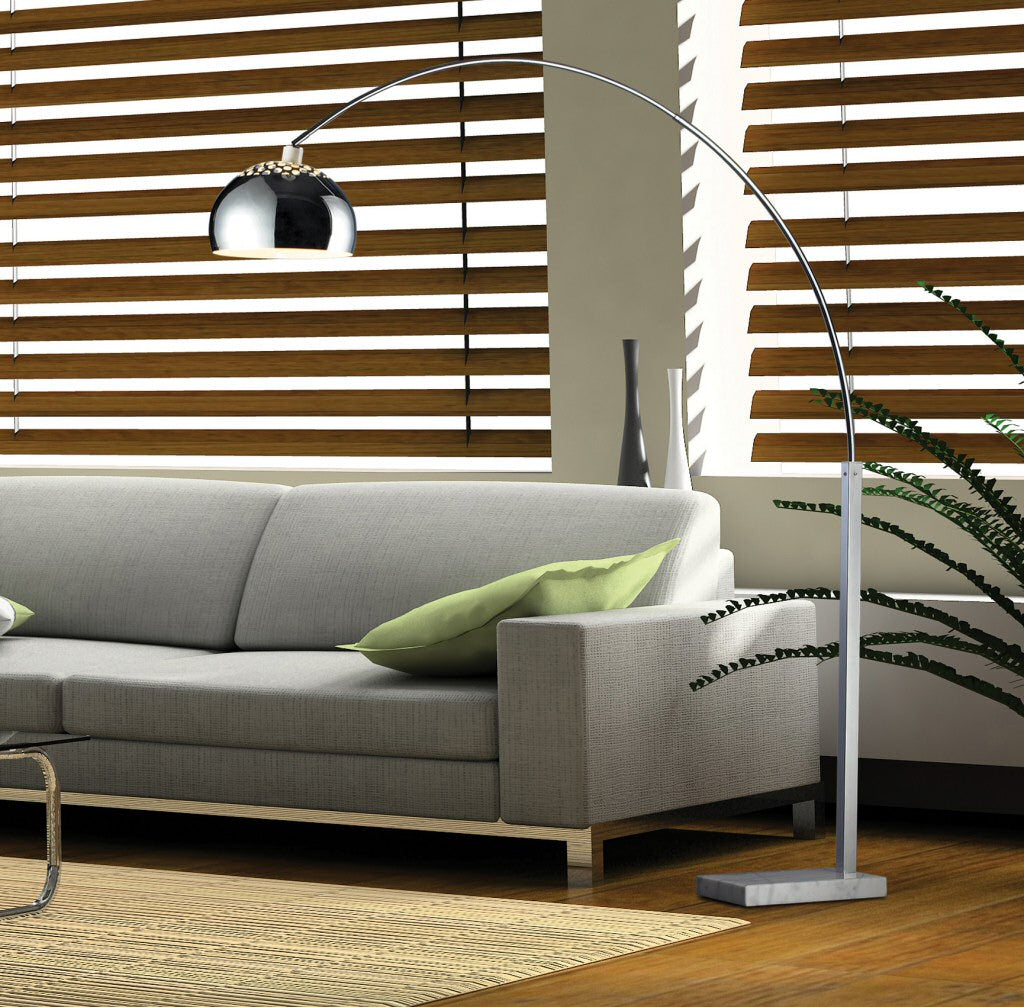
Arc floor lamps feature an "arch" or arced lamp base. The pole of the arc floor lamp rises up and then arcs over and bends back down again, for example over a couch or table. The shade or light of the lamp now aims downwards, so is useful positioned over a seating area or somewhere that people can make use of the localized light.
Arched floor lamps are also quite trendy looking with their modern sleek curved profile and sleek lamp head. An arch floor lamp is well suited to a modern room.
Modern Floor Lamps
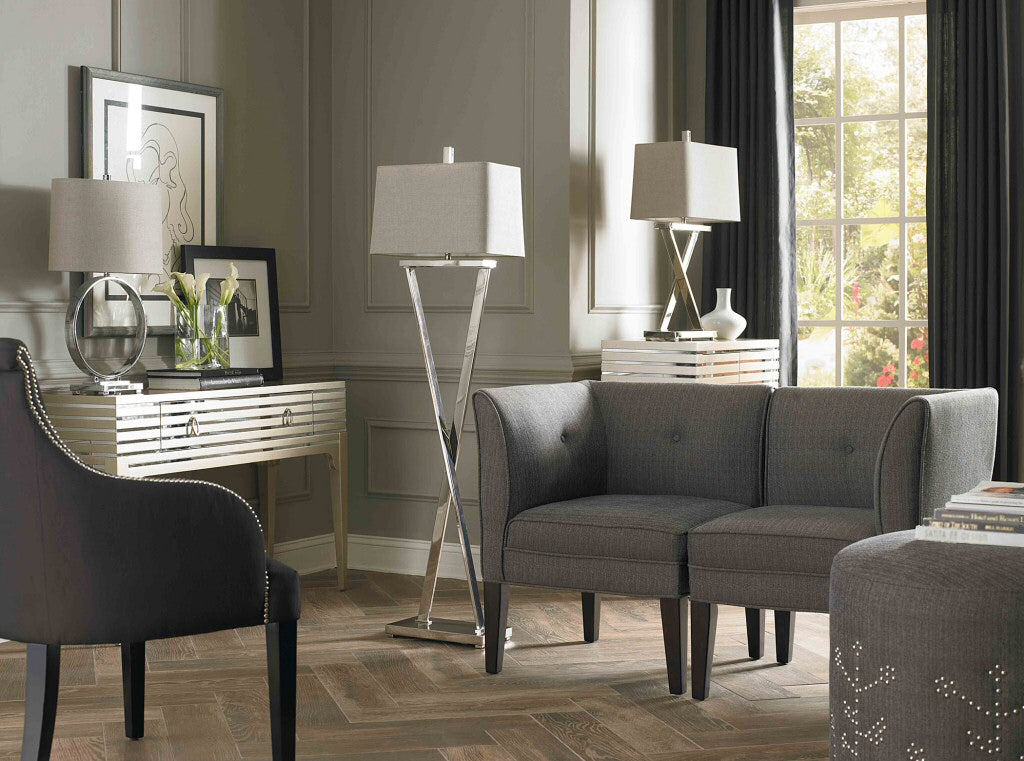
With modern floor lamps the design of appearance of the lamp is modern and sleek, often quite futuristic, with clean lines, metallic finishes, and primitive shapes. Contemporary floor lamps are well suited to a modern-themed room. They also are more likely to feature modern technologies such as LED light bulbs.
A modern floor lamp is available in a variety of designs, some of then very cutting edge, because with LED lights it's not possible to forego the limitations imposed by a bulky lamp socket, and the lights can be assembled in a much smaller space.
Many modern floor lamp designs can be quite futuristic, producing some cool floor lamps.
Reading Lamps
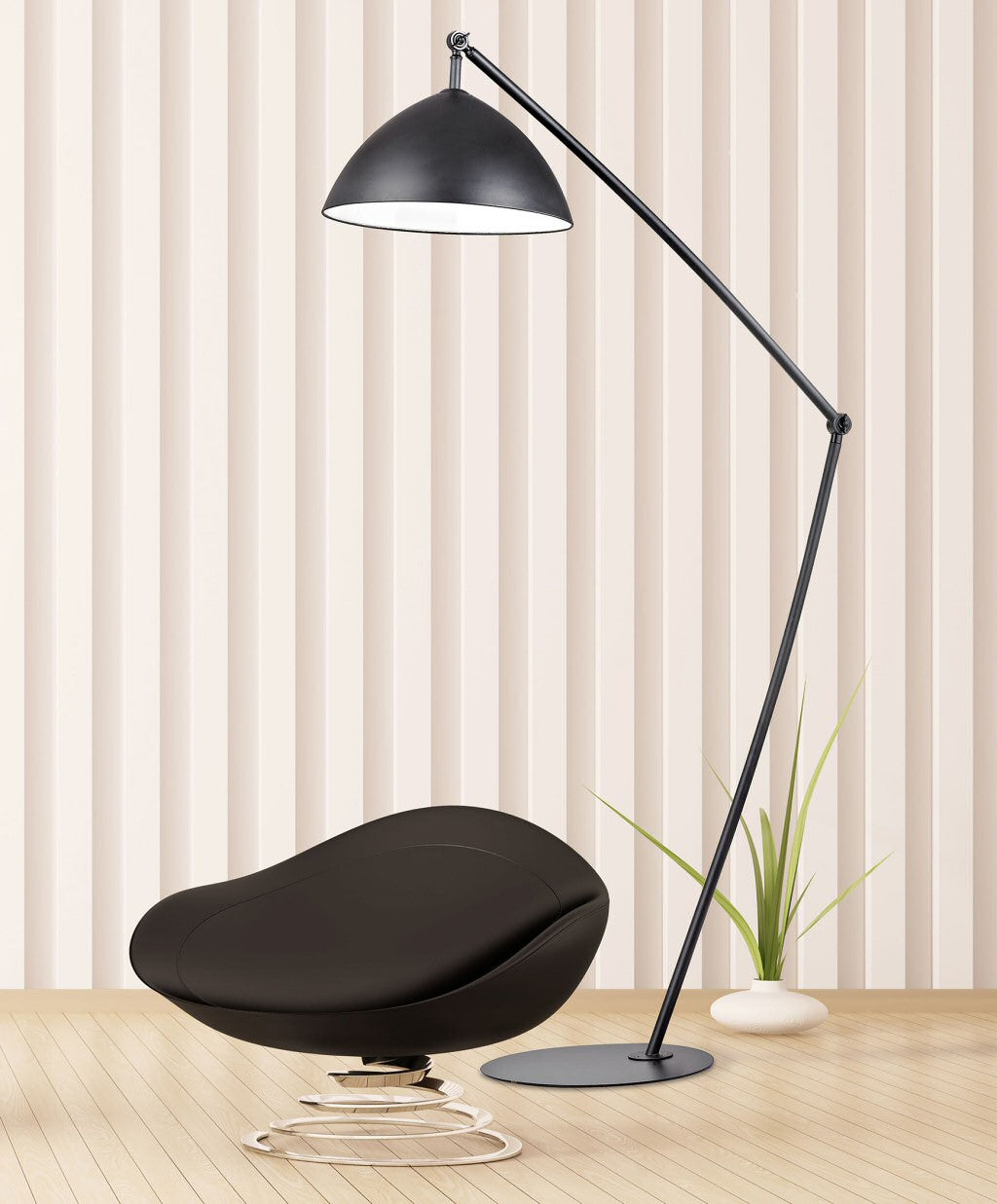
Reading lamps are specifically designed for use in reading. The reading lamp features a lamp head which arches over, for example reaching over your shoulder when seated, and shines its light downward. The light also often features a full spectrum bulb which imitates sunlight and provides a natural balance of color rendering on the surfaces that it lights.
A reading light is useful when you plan to spend a period of time in one location, because the light is localized and focused for the task. LED reading lamps are popular and often will provide a full spectrum floor lamp. These lamps are also well suited for use in crafts and hobbies because they reduce glare, clarify contrast and make colors look more natural.
Tripod Floor Lamps

Tripod floor lamps are a floor lamp which uses a tripod of three "legs" as the lamp base. Similar to a tripod that you would use with a camera. The tripod floor lamp head sits on top of the tripod and may be adjustable in its direction. The tripod nature of the lamp base may also mean that the legs are adjustable in their height.
The tripod floor lamp is mostly decorative and you'll have to consider what type of lamp and shade is on the top in order to determine what kind of use to put it. In general it will function as a traditional general-purpose floor lamp. A tripod floor lamp adds both style and function to a room.
Floor Lamps with Shelves

A floor lamp with shelves features a platform or shelf around the mid-section of the lamp pole, so that you can use it as a utility tray. For example you can put lightweight objects there such as magazines, keys, glasses, etc. If the lamp is stood next to a chair for example it can serve as a furniture piece for helping to organize small objects, while also providing illumination. Sometimes there are referred to as a floor lamp with table.
You may also see these lamps as "shelf lamps" or a "shelf floor lamp", all of which basically mean the lamp has some kind of shelf or shelves. A slight variation on this is that the lamp might actually rise up out of the top of a small cabinet or set furniture piece, as though attached to a chair-side end table, so that you have the use of a table and also the use of a lamp in the same space, giving new meaning to a floor lamp with shelves.
Torchiere Floor Lamps
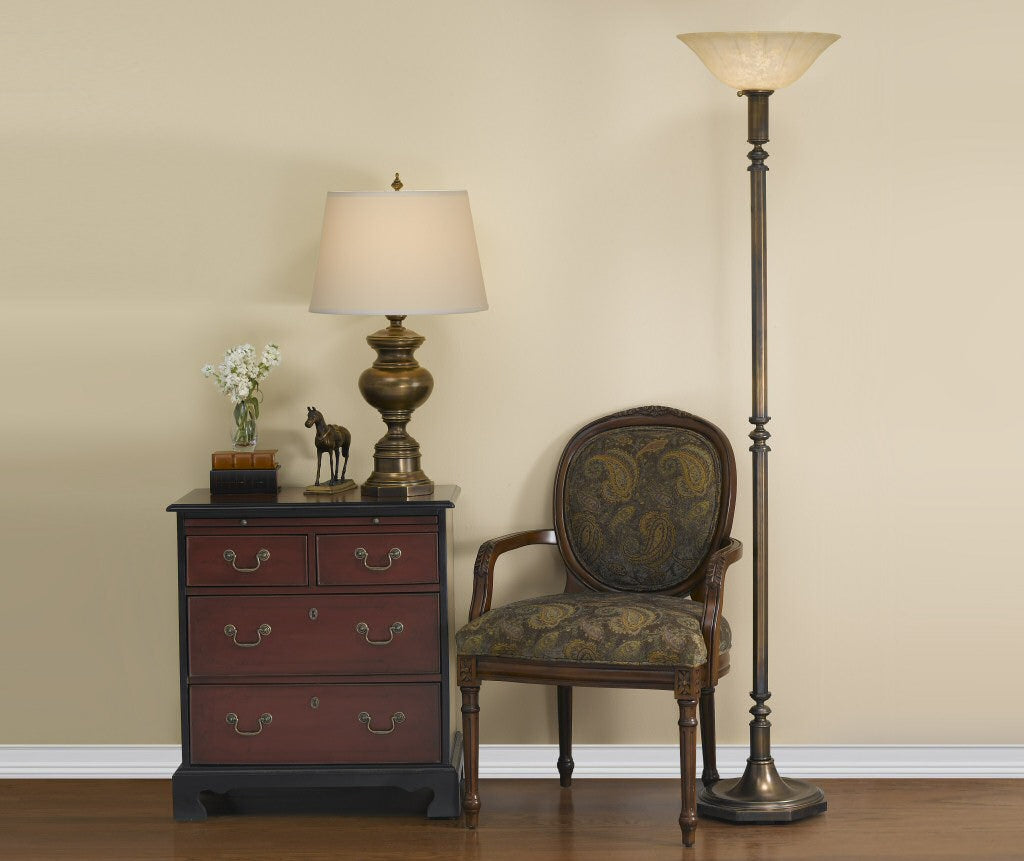
A torchiere floor lamp features usually an upward-facing reflector shade which casts most of its light upwards towards the ceiling. Sometimes the shade is translucent to allow some of the light to pass through as diffused light to the area below. Generally speaking the torchiere lamp resembles a torch, where most of the light is directed upwards towards the ceiling. The result will be that most light reflects off the ceiling as ambient soft light filling the room.
Placing a torchiere in the corner of a room is a simple way to increase the brightness in the room. A torchere is a well established design of floor lamp. Sometimes a torch lamp also features a reading arm which specifically aims light downwards e.g. over a chair, for reading, and acts as a good complement to the upward-aiming light.
Chandelier Floor Lamps
A chandelier floor lamp is an unusual style of tall standing lamp where the lamp base seems like a typical floor lamp, but on the top is what looks like a chandelier light fixture. This means there are several arms which reach out from the lamp with lights on the ends of them, and may be decorated with crystals or other hanging elements. It's almost like a chandelier on the top of a pole.
This chandelier lamp can provide a general ambiance of light in all directions and doesn't usually attempt to aim or direct the light in any significant way. It raises the all round brightness in the room while also being very decorative.
Swing-Arm and Pharmacy Floor Lamps

Pharmacy-style floor lamps are a shorter style of floor lamp. These were a more classic variant of the reading lamp. The pharmacy lamp features a pole as the base still, which rises up, but then at around 4-5 feet it stops and gives way to an arm. Sometimes two. The arm features a swing-arm, whereby the lamp head(s) can swing out to an extended position, or folded back in closer to the lamp. The lamp heads usually aim the light in a specific direction and can be pivoted.
Pharmacy lamps or swing-arm lamps are well suited next to a chair or an office desk. The arm can swing over when in use and provide light and fold out of the way later. While this style of floor lamp is not as popular or easy to find now, they still represent a classic style of floor lamp.
Octopus Floor Lamps
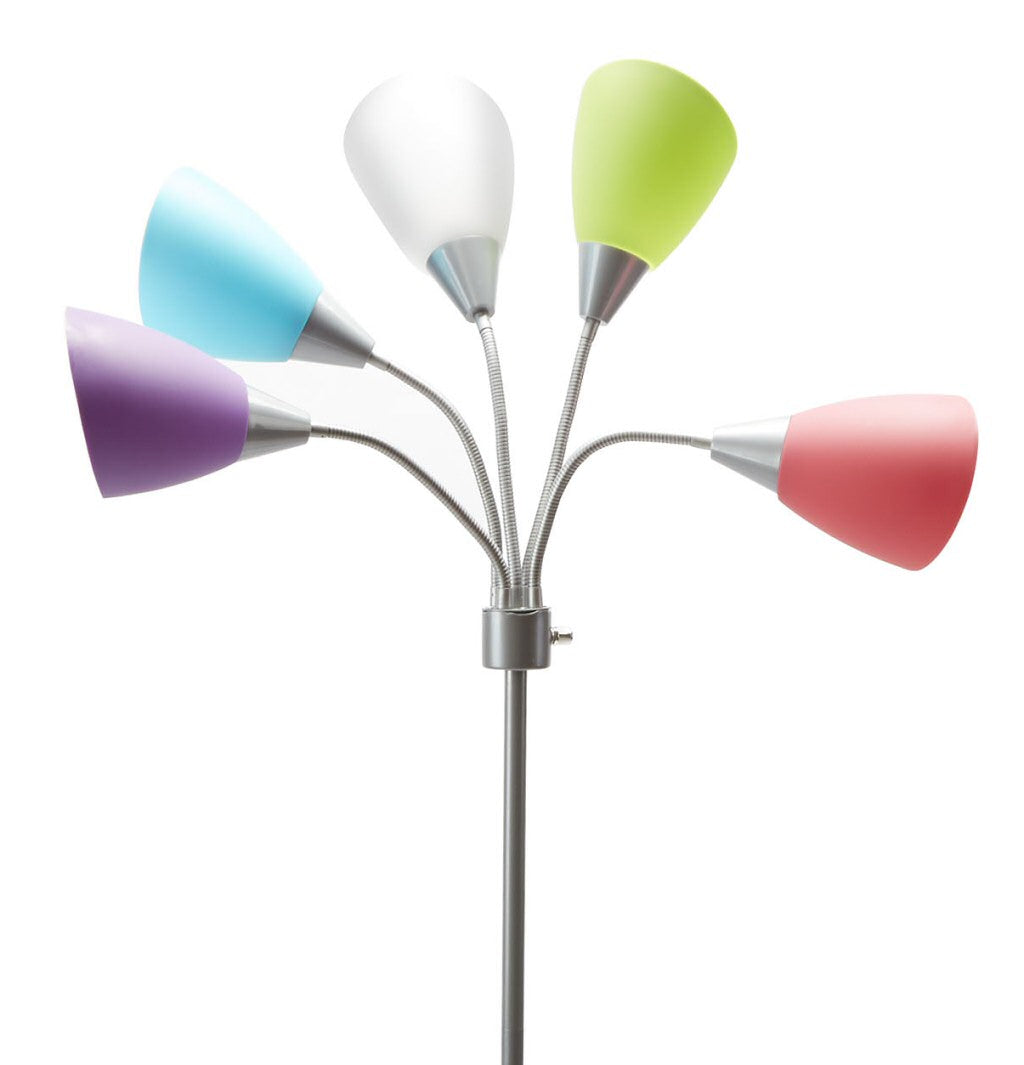
With octopus floor lamps, the floor lamp features multiple arms which typically are made from a gooseneck design, which can be adjusted and aimed in any direction imaginable. Each arm features usually a highly colorful, small shade covering a single light bulb. A lamp with perhaps 3 or 5 arms is typical. The light bulbs in these lamps tend to be a little smaller or lower wattage.
The lamp is playful and colorful and decorative, and may provide overall ambient light, but it does not aim the light well or focus it. That said, one or all of the arms can be aimed in a given direction or spread apart in a crazy octopus-like manner. These lamps can often be found in bedrooms. Some may refer to them as spider lamps or multi-arm floor lamps.
Tree Floor Lamps
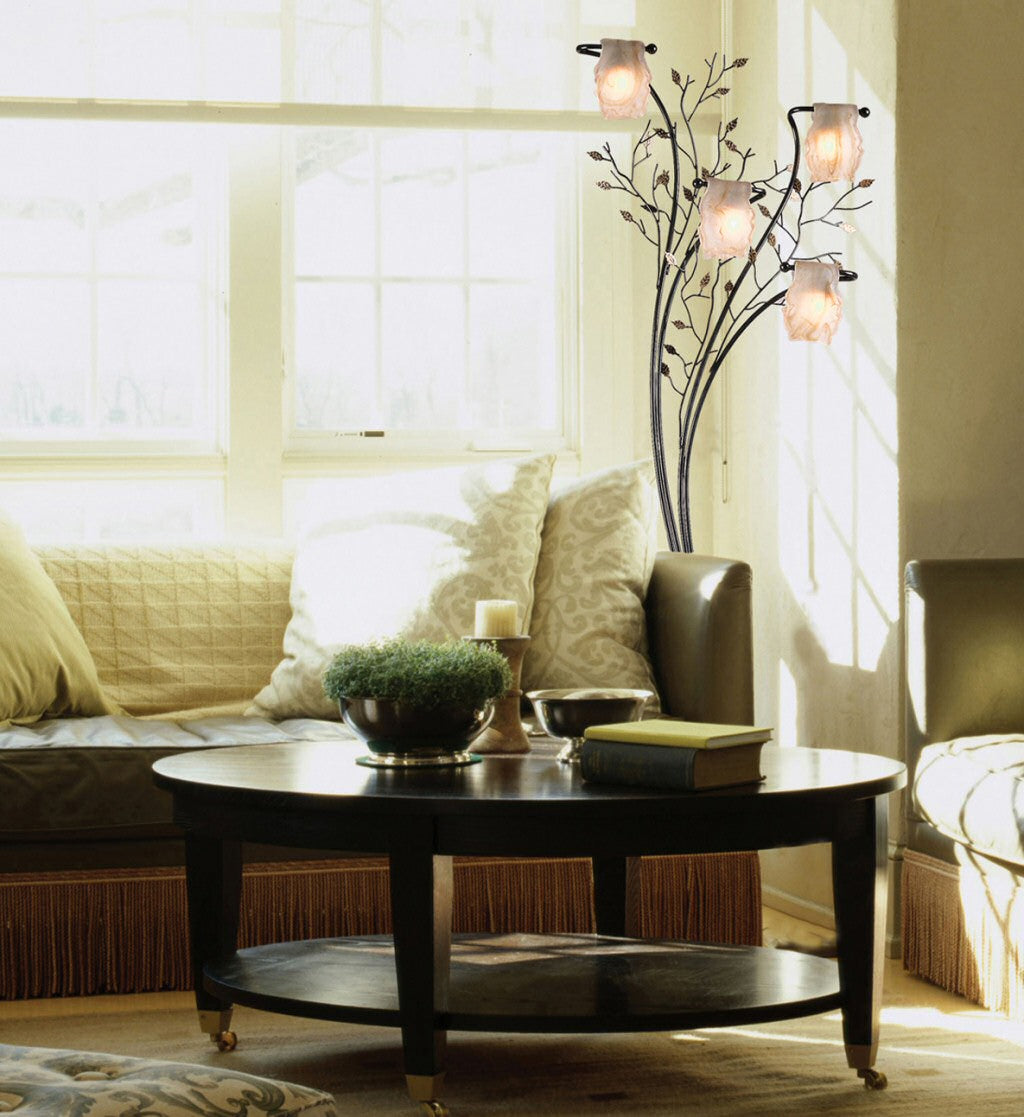
A tree floor lamp is a floor lamp resembling a tree, whereby the main body of the lamp hosts only short "branches" with lights on the end of them. Each light symbolically seems like a clump of leaves or some extension out from the lamp base, and so overall it gives the impression of being tree-like.
Typically the tree floor lamp will feature 3 distinct bulbs or arms, which are usually arranged at different heights, similar to how a tree would have branches at different heights, and with each light positioned in a different direction. The tree lamp provides general ambient light close to its location.
Magnifier Floor Lamps
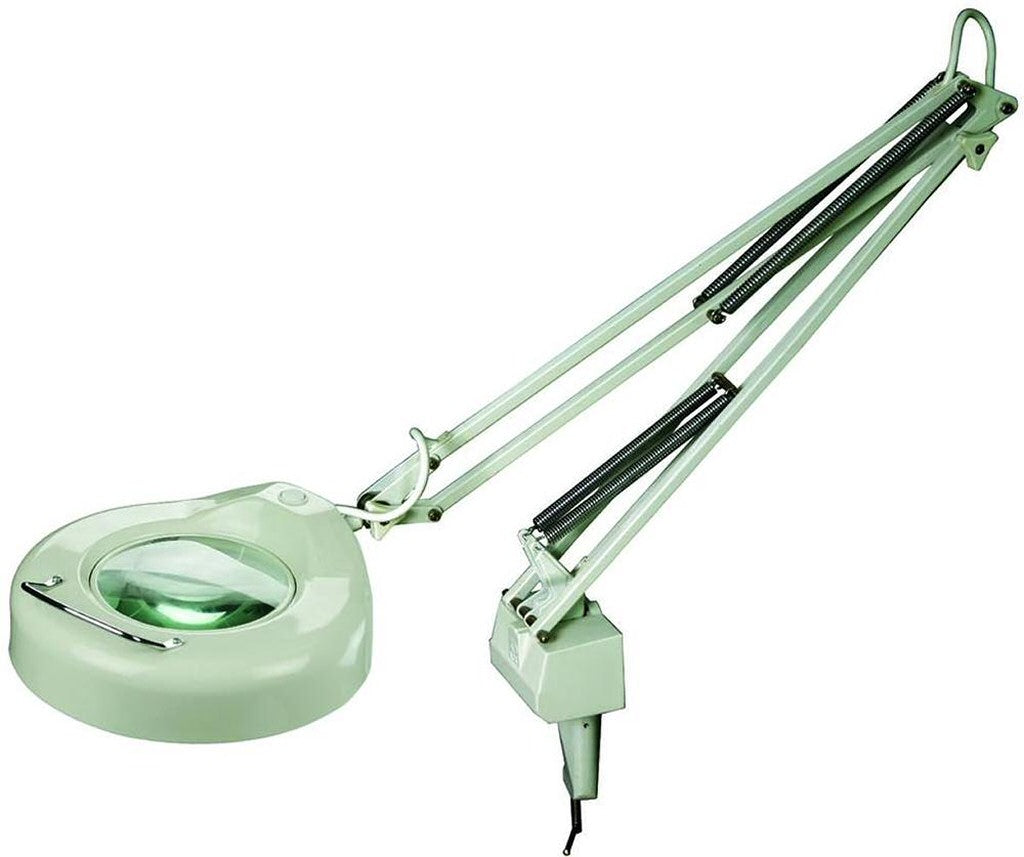
Some floor lamps may feature a magnifying lens, which is built into the head of the lamp. The lens is visible from both above and below the lamp head, allowing you to see through it. Usually the lens is quite large and has a certain amount of magnification. It may only magnify for example 2 to 4 times the original size.
The magnifying floor lamps will also feature some kind of light emitting device such as fluorescent or led bulbs, around the head of the lamp, so that when you are looking through the magnifying glass it illuminates what you're looking at. Usually these lamps are designed with limited height, to be used when seated, positioned next to a chair. The lamp usually will have an adjustable or movable head and arm, allowing you to move it between you and a book, and back again.
These magnifier lamps are useful for the visually impaired or elderly eyes. They can also be useful for crafts and hobbies as a task lamp.
LED Floor Lamps

Modern floor lamps include LED floor lamps which use small Light Emitting Diodes, which are electronic components, to output light without using much wattage. Since the individual LED bulbs are small, usually a lamp will use an array of them arranged in some pattern. Alternatively the lamp may use a plug-in or screw-in bulb which houses the LED elements.
Since the LED light bulbs are small, modern led lamps are now finding ways to rethink the form and shape of the lamp, to reduce the amount of space needed for providing light, and to arrange the lights in ways which produce truly unique floor lamps, transcendent of traditional floor lamp designs.
For example the pole of the LED floor lamp could be a twisted spiral, rising up, with led lights embedded into the spiral, with no real "shade" or "head" on the lamp at all. Or the traditional "shade" of an LED torchiere could be replaced with a thin strip of material behind which LED lights illuminate it.
LED floor lamps save energy, cut costs, typically don't need to have their bulbs replaced, last much longer than other types of light sources, and can provide a strong and bright light. Often the LED bulbs will give a white light, a neutral light or a natural light resembling natural daylight, helping colors to be rendered accurately and reducing glare.
LED is a technology for emitting light, so technically any style of floor lamp could be designed to use LED, even a very old-fashioned traditional looking floor lamp can use a screw-in LED bulb in place of incandescent bulbs.
Full Spectrum Floor Lamps
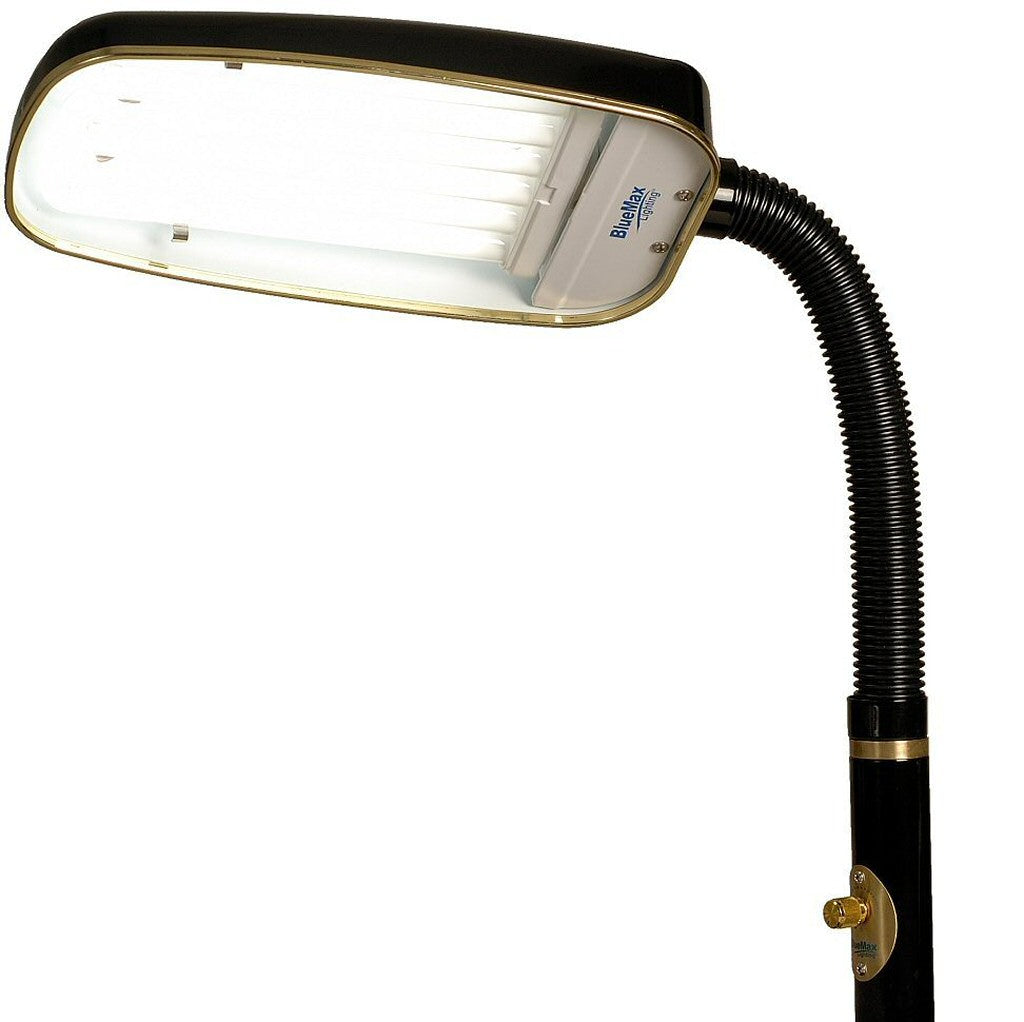
A full spectrum floor lamp offers a light bulb or set of bulbs which output light in a way similar to natural sunlight. Full spectrum lamps emit light throughout the color spectrum from red through yellows and greens and on to blues and purples. It tries to do this fairly evenly. When this light falls on objects such as the pages of a book, or colored surfaces, each surface is receiving and reflecting light rays of that same color, coming from the light source, and so it accurately lit in its natural color. This helps to improve colors, reduce glare and increase contrast.
Full spectrum floor lamps also provides light similar to sunlight which can help with your circadian rhythms in reducing the effects of seasonal effective disorder. They even can be used to grow plants in the home, even tropical plants in an aquarium, because they emit the broad range of light that the plants expect to receive from sunlight.
Mainly you'll find that a full spectrum lamp will come in the form of a reading lamp, since this is where the natural light is well suited to ease eyestrain and clarify details. But most lamps, if they have a standard socket for a light bulb, can be switched out with a full spectrum bulb from a hardware store or even a supermarket.
Tiffany Floor Lamps
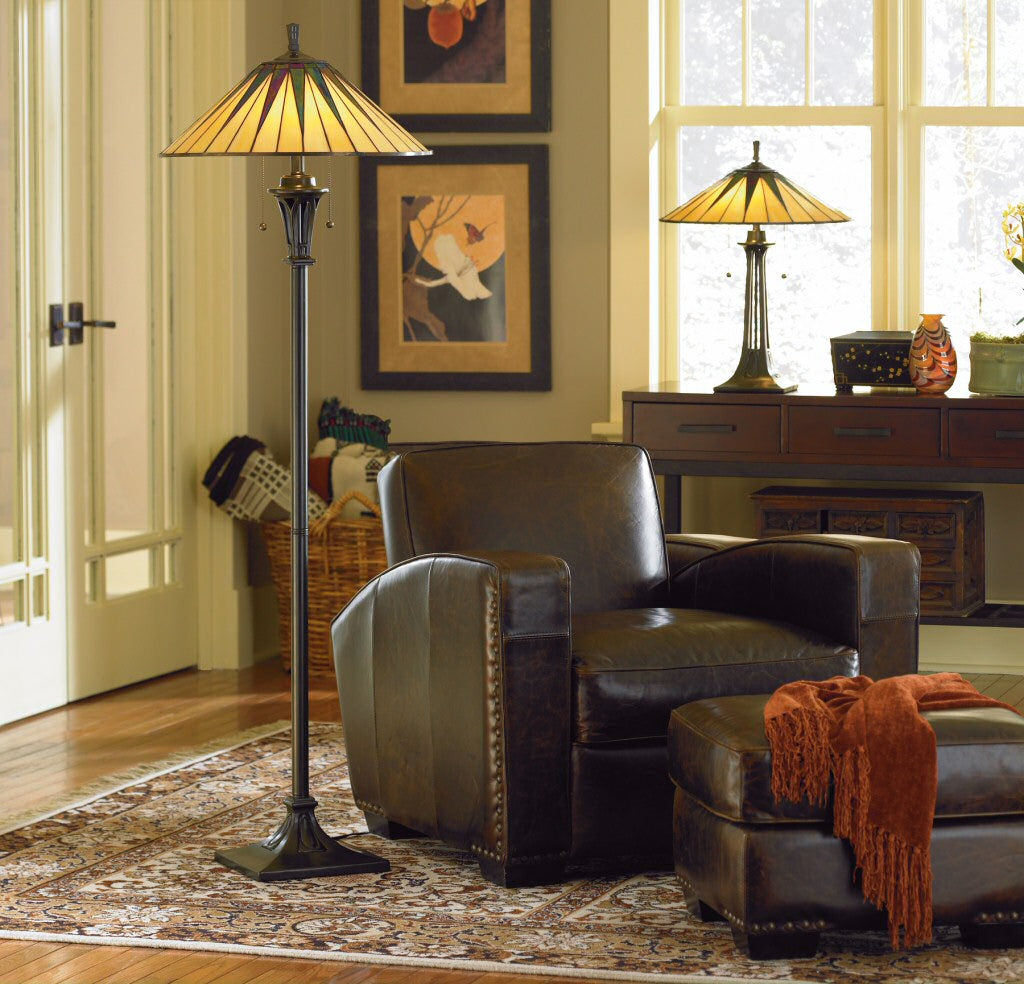
Tiffany glass forms the lamp shade of a tiffany floor lamp. Tiffany floor lamps feature many small pieces of colored glass, held in place to form a pattern. The pattern could be anything from a geometric pattern to dragonflies, flowers, or random shapes. When the tiffany floor lamp is switched on, light shines through the tiffany glass and illuminates the glass. This provides a beautiful colorful display.
Light still emits from below the tiffany shade, and sometimes also above it. But some of the light passes through the shade itself. This may also shine colorful lighted shapes onto nearby surfaces. A tiffany lamp can make a beautiful addition to a room or even become a family heirloom. These highly decorative tiffany style floor lamps are a sight to behold!
Cheap Floor Lamps

While floor lamps in general are more expensive than table lamps due to their larger size, extra brightness and so on, not all lamps are alike. Some are more or less expensive than others. You can find cheap floor lamps at most stores, perhaps on a clearance sale or a special deal.
Usually a cheaper floor lamp or torchiere may involve less expensive or lower quality materials. The shade may be plastic, the pole may be thin and a basic uncoated metal. Various cost-cutting activities likely have been performed in its design. If you want a better quality lamp, it's going to cost more. But you get what you pay for. A better quality lamp will last longer, maintain its shape better, and also likely look more attractive.
Wooden Floor Lamps
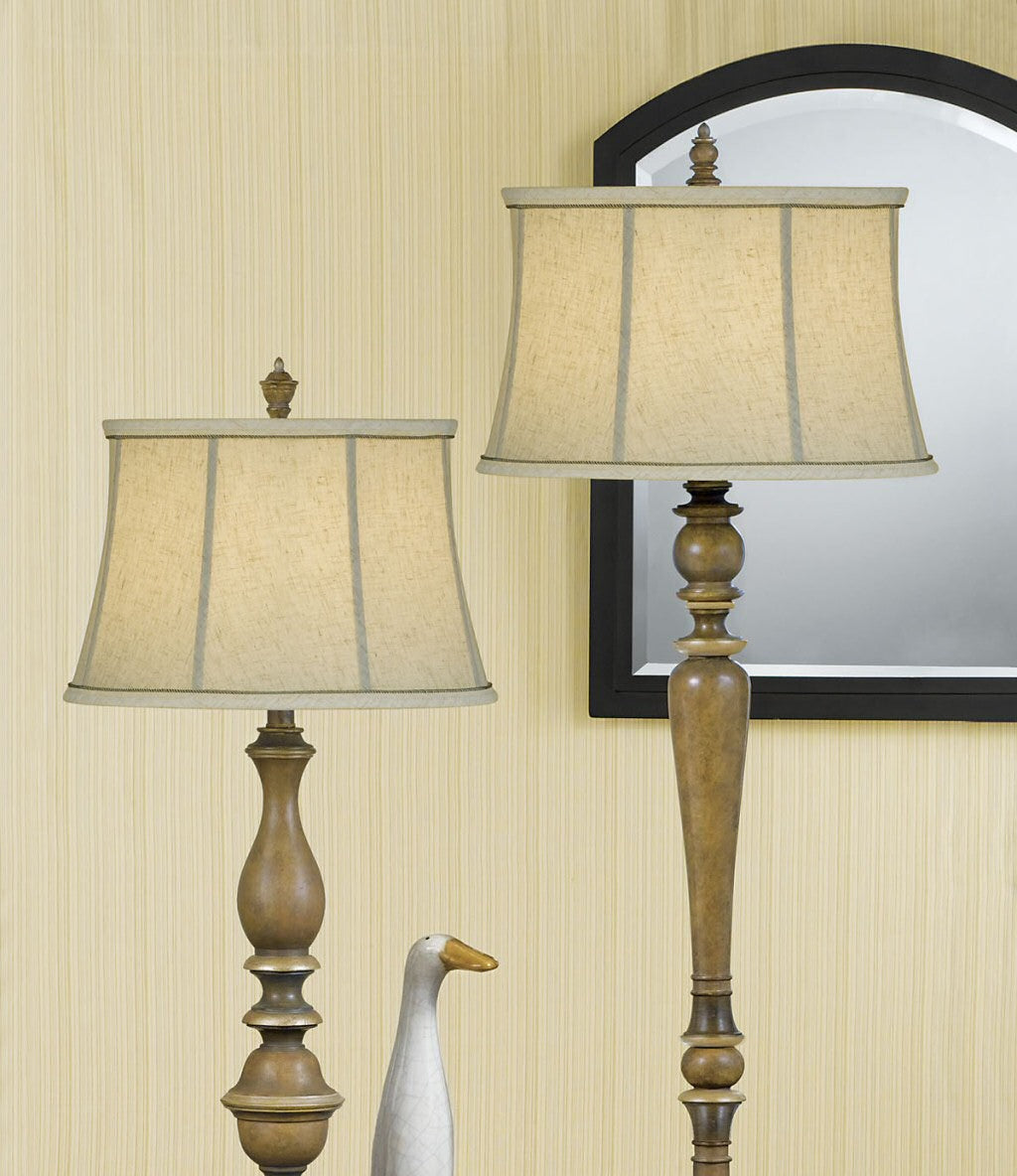
A wooden floor lamp can make a nice addition to your room. The lamp base will be made of wood and finished to bring out the wood grain and color. Wooden floor lamps can complement the woods in your decor and furniture. These could include an oak floor lamp, a teak floor lamp, perhaps a mahogany floor lamps or a walnut floor lamp.
Usually the shade of a wooden floor lamp will be a regular lamp shade, although there isn't necessarily a reason why a lamp couldn't be made almost entirely of wood. Wood floor lamps show off natural materials and bring a touch of nature and calm into your home.
Halogen Floor Lamps
A halogen floor lamp is a floor lamp with a halogen light bulb. Halogen floor lamps are very bright and become quite hot. They are delicate bulbs, in that you have to avoid touching them with your fingers, as the oils from your fingers can produce concentrated hotspots on the bulb which may break the glass. Since floor lamps are generally "bright" lamps, it became popular to use halogen light bulbs in some floor lamps, before fluorescent and LED bulbs arrived.
A halogen floor lamp can still provide a bright light in a room, but the use of halogen is phasing out. LED floor lamps are capable of producing just as might brightness, with far less wattage, and almost no heat. But if you don't the limitations and older technology, or perhaps even like the idea of a halogen light or the way its light looks, then maybe a halogen floor lamp is for you.
Fluorescent Floor Lamps
Fluorescent bulbs feature a tube containing a gas which, when electricity passes through it, produces light. Fluorescent bulbs have recently been in use in fluorescent floor lamps in a variety of forms. These include circular rings of tubing, and compact fluorescent bulbs. Any floor lamp with a standard bulb socket could feasibly by fitted with a fluorescent light bulb.
Fluorescent lighting was a successor to incandescent lighting and provided equivalent light output using less wattage. For example a 25 watt CFL bulb could produce the same light as a 100 Watt incandescent bulb. Floor lamps began to support fluorescent bulbs as a newer technology, although these are gradually being phased out in favor of LED floor lamps now.
Crystal Floor Lamps
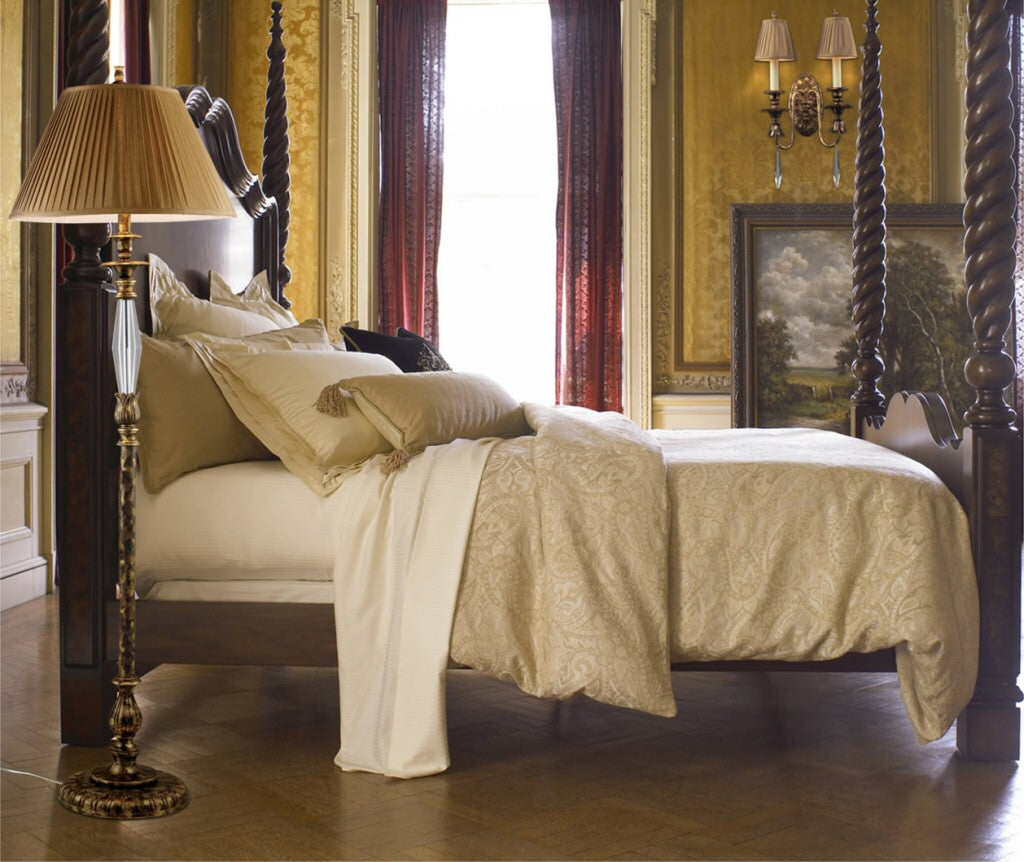
Although a little harder to find, crystal floor lamps are available with crystal parts embedded into the lamp base. A crystal floor lamp will feature a regular pole lamp base and then near to the top, below the shade, a portion of the base will house a crystal or cut glass feature which adds an extra decorative element.
Crystal floor lamps are generally not very common but provide your lamp with an extra touch of class and interest.
Industrial Floor Lamps
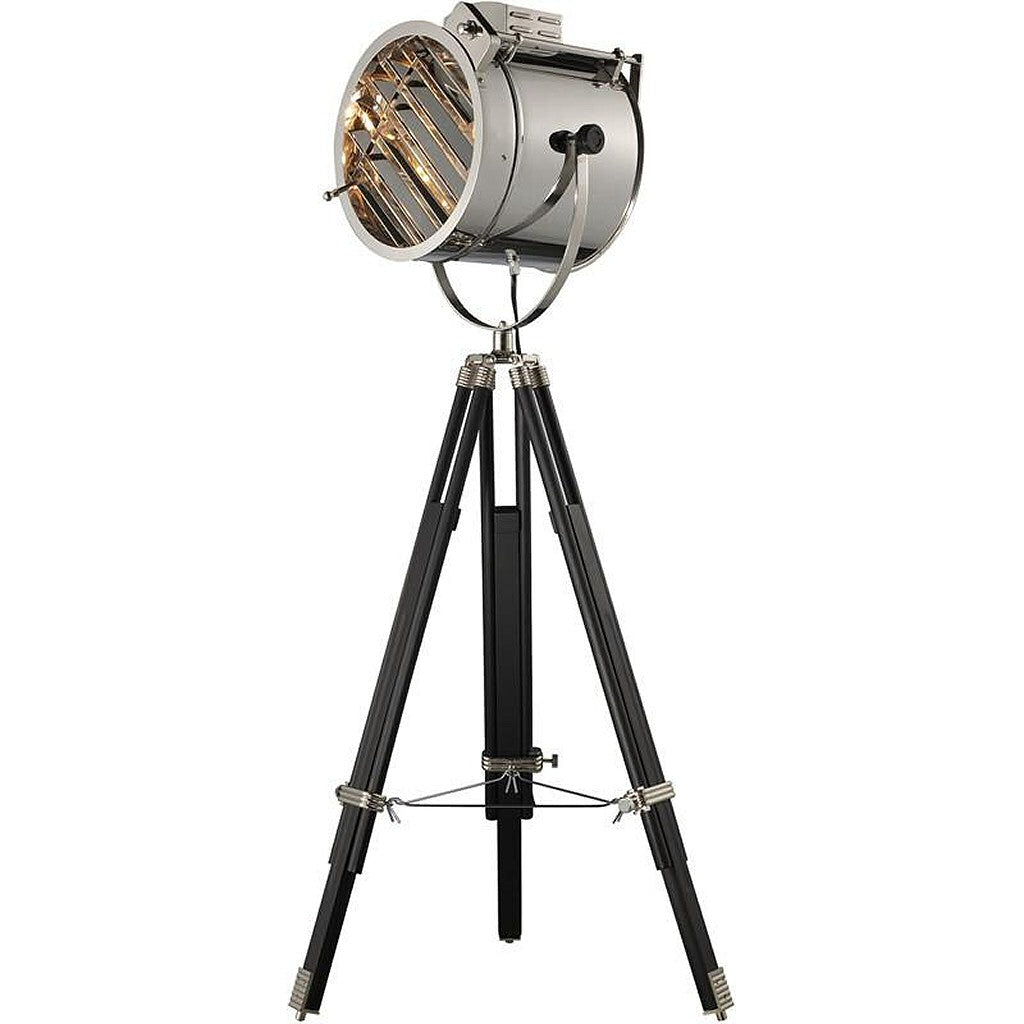
An industrial floor lamp takes inspiration from the kinds of parts of plumbing and interior construction that you might otherwise normally prefer not to see. The industrial look may feature metal pipes or beams and other forms which resemble the stripped-away bare-bones of building construction.
With industrial floor lamps you can create a mood which is both modern and urban. Modern floor lamps styled in this way are well suited to rooms which are already exposing various elements of the building such as pipe work.
An alternative to the industrial floor lamp are rustic floor lamps, which bring elements of outdoors indoors, such as pine-cones, branches and leaves.
Dimmable and 3-Way Floor Lamps

Depending on the type of light bulbs used in the floor lamp, it's possible that you can find a dimmable floor lamp or at least a floor lamp which takes 3 way bulbs. A 3-way bulb is a bulb with two filaments and the filaments can be switched individually. This provides three levels of brightness, using filament A only, using filament B only, or using both filaments together. The 3-way floor lamp itself needs to be designed for use with a 3-Way bulb, because the switch on the lamp will need to be wired a certain way in order to support the feature and provide enough positions
Dimmable floor lamps may offer dimmability on an alt="dimmer switche"in-line switch or via some other interface, possibly even a touch-activated dimmer. Dimmability must be compatible with the kind of light bulb used and you should not generally try to use a non-dimmable bulb in a dimmable lamp. Dimming the lamp does allow you to set the brightness level in a wide range from low to high, depending on the mood you want to set or the amount of light you need in a room.
Traditional Floor Lamps

A traditional floor lamp is one featuring a lamp base, a decorative lamp post or pole, and a regular lamp shade on top. The shade will typically be wider than tall, and possibly with a narrower measurement across the top. Traditional floor lamps of this kind have been available for many decades, combining a traditional lamp shade with a lamp base.
Traditional floor lamps are well suited to most rooms but mainly in rooms which are not quite so modern. Look in particular at the styling in the lamp base if you are trying to match it to a traditional-themed room. Look for smaller intricate details, ornate parts and "fancy" elements, which tend to look more old-fashioned than the sleek and smooth lines of modern floor lamps. In particular look for traditional floor lamps featuring wooden bases or using materials and finishes which would've been available many years ago, such as bronze floor lamps or brass floor lamps.
Where you can buy floor lamps online
Lamps USA stocks a large range of floor lamps in all of the styles listed above, so once you’ve decided on the type that’s right for you, you can find them on our website!
Explore Topics

Table of Contents
Floor Lamps Guide to Tall Standing Lamps and Reading LampsFloor LampsTall Standing lampsSizes of Floor LampsHow Floor Lamps direct the lightDifferent floor lamps for different purposesWhere to position floor lamps in a roomHow bright is a floor lamp?How to switch a floor lamp on and offThe cost of floor lamps versus other lampsTypes of Floor LampsArc Floor LampsModern Floor LampsReading LampsTripod Floor LampsFloor Lamps with ShelvesTorchiere Floor LampsChandelier Floor LampsSwing-Arm and Pharmacy Floor LampsOctopus Floor LampsTree Floor LampsMagnifier Floor LampsLED Floor LampsFull Spectrum Floor LampsTiffany Floor LampsCheap Floor LampsWooden Floor LampsHalogen Floor LampsFluorescent Floor LampsCrystal Floor LampsIndustrial Floor LampsDimmable and 3-Way Floor LampsTraditional Floor LampsWhere you can buy floor lamps onlineCommentsShopping Ideas
Trending
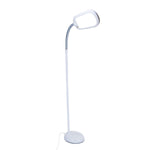
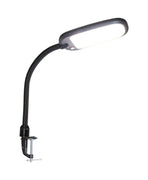





















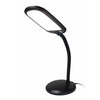







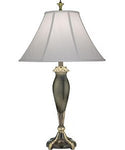

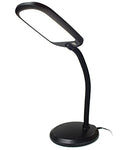



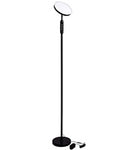

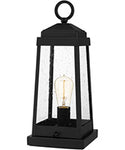
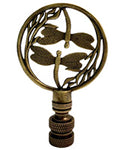
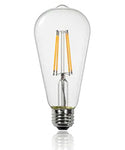
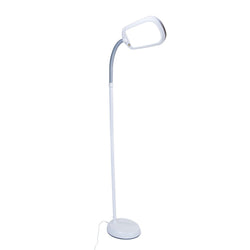
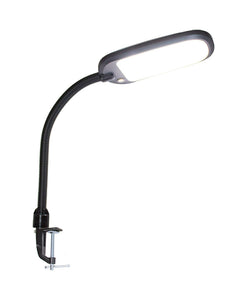
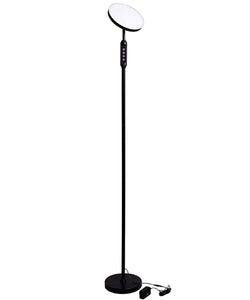

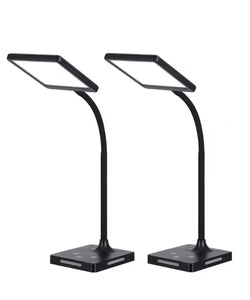
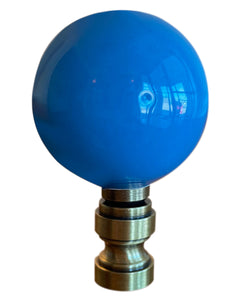

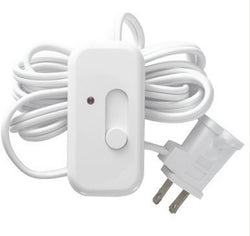
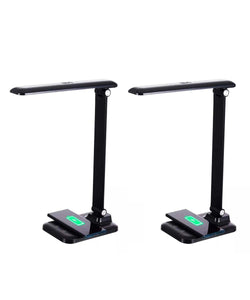
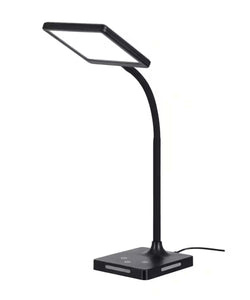




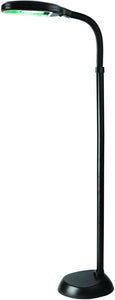

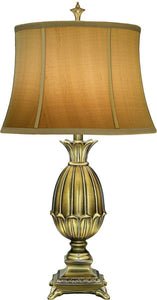


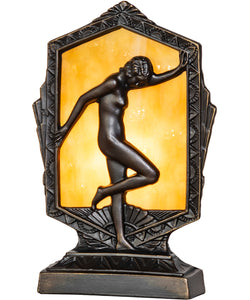
Comments